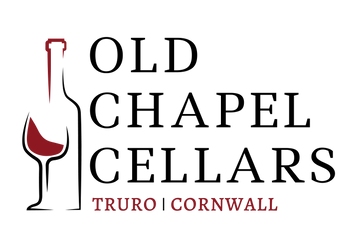
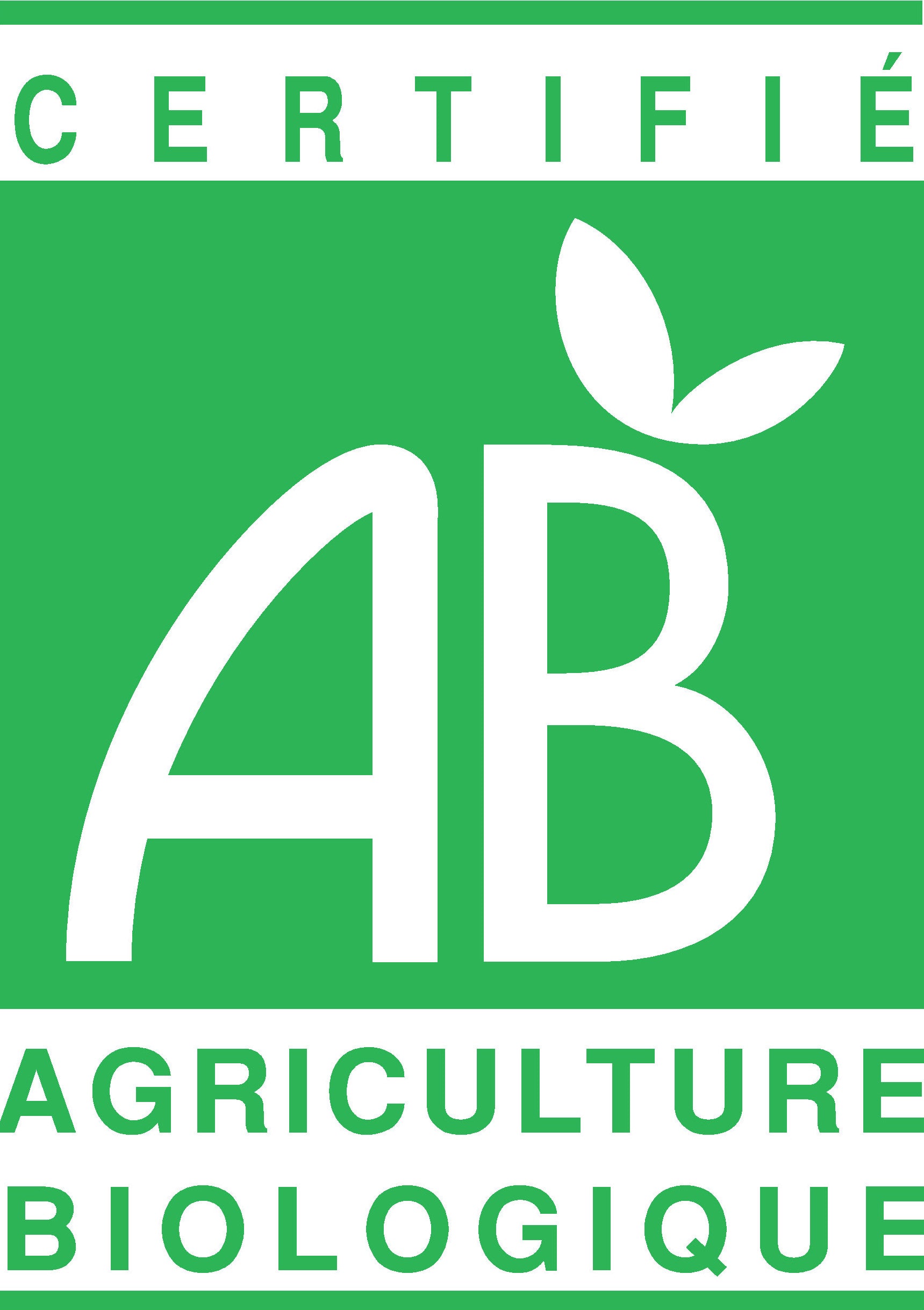
1. Certified Organic
Being a certified organic vineyard is the most prestigious environmental accreditation a winemaker can achieve. It means meeting strict requirements such as climate and environment protection, conservation of soil fertility, preservation of biodiversity, respect of natural cycles and animal welfare, absence of use of chemical and synthetic products and transparent labelling for consumers.
To recognise a wine being organic look out for The French AB label, short for "Agriculture Biologique,". It has been a symbol of organic farming since its creation in 1985. Owned by the French Ministry of Agriculture and Food, this registered trademark assures consumers that the wine is made from at least 95% organically grown grapes, free of genetically modified organisms (GMOs).
The European Union Organic Farming label serves as the EU equivalent to France's AB brand, adhering to similar guidelines. Established in 1991, it marked the beginning of the EU's organic farming regulations. The current logo, known as the "Euroleaf," was introduced by the European Commission in February 2010 and has been displayed on all organic products produced in the EU since July 2010.
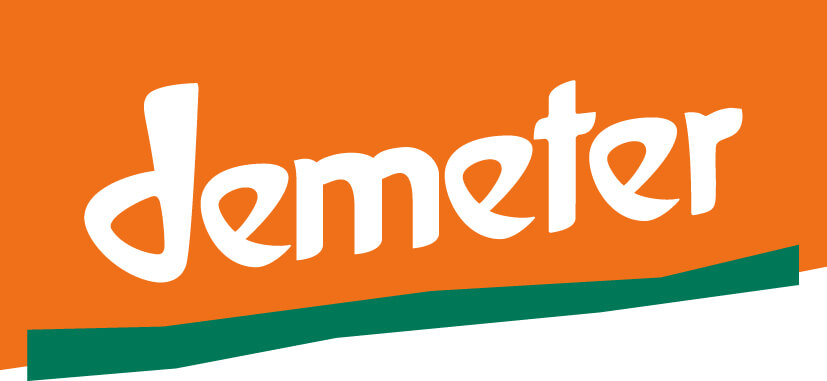

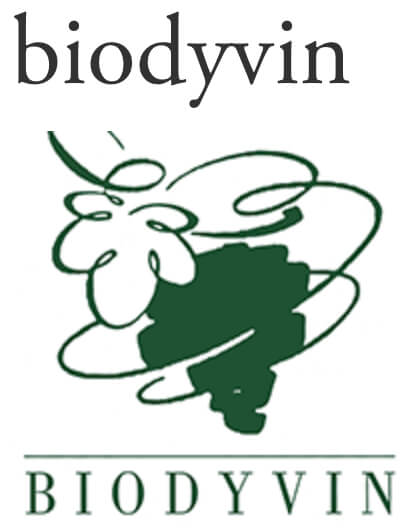
2. Biodynamic
Biodynamic wine refers to wine produced following the principles of biodynamic agriculture, a holistic and ecological approach to farming. This method, inspired by the ideas of Austrian philosopher Rudolf Steiner, treats the vineyard as a self-sustaining ecosystem, emphasising the interconnectedness of soil, plants, animals, and the environment. It involves the use of natural preparations made from herbs, minerals, and animal manure to enhance soil and plant health, and it aligns farming activities with lunar and astrological cycles. Biodynamic viticulture prohibits synthetic chemicals, relying instead on natural pest and disease management, and promotes biodiversity and sustainability within the vineyard. Certification by organisations like Demeter and Biodyvin ensures adherence to these rigorous practices.
Named after the Greek goddess of harvest and agriculture, Demeter is a German organisation established in 1927 with its unique set of guidelines and certification label. Demeter adheres to the organic winemaking standards of each country and then incorporates its additional requirements. Influenced by the philosopher and esotericist Rudolf Steiner, the Demeter certification bans chemical additives, encourages regular soil maintenance with natural preparations, and limits sulphite content to 70 mg/L. To qualify for the Demeter label, 90% of the grapes used in wine production must comply with Demeter standards, while the remaining 10% can be sourced from AB-certified fruits.
Established in 1995, Biodyvin follows the principles of Rudolf Steiner, a pioneer in biodynamic agriculture. This organisation views the vineyard as a dynamic ecosystem that must be nurtured using natural treatments made from various plants, minerals, and organic matter. The primary objective is to produce high-quality wine. Currently, over 200 wine estates adhere to Biodyvin's biodynamic standards and are certified accordingly. Unlike Demeter, which certifies individual vineyard parcels, Biodyvin certifies entire estates. The guidelines for Biodyvin certification are created by the Syndicat International des Vignerons en Culture Bio-Dynamique (SIVCBD) and are annually enforced by the certification body Ecocert.
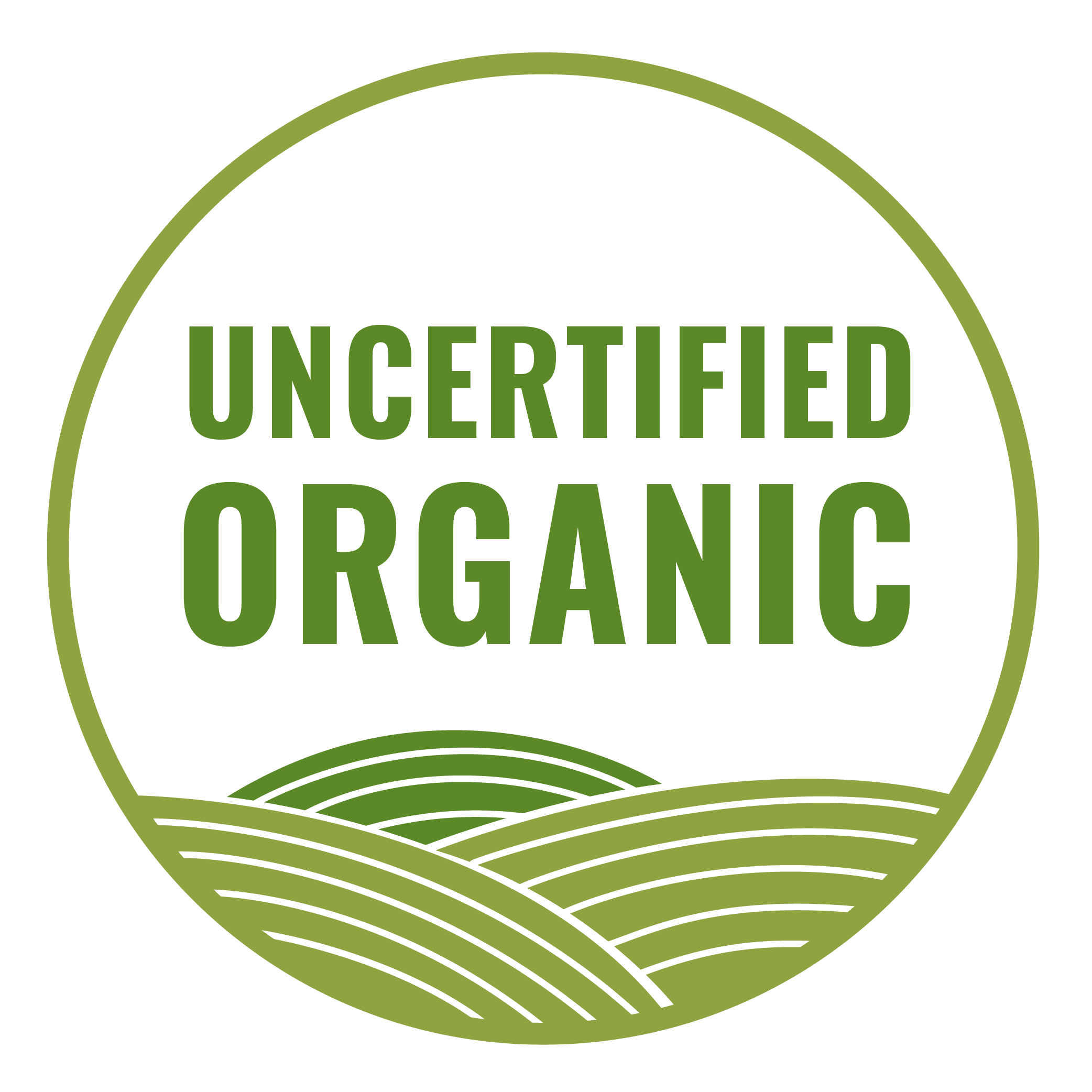
3. Uncertified Organic
For smaller wineries especially, achieving organic certification for their vineyards can be a complex decision. While farming grapes organically aligns with their values and practices, the process of obtaining official certification involves significant challenges. Firstly, there's a substantial financial investment required, including fees for inspections, documentation, and compliance with strict organic regulations. Moreover, the administrative workload shouldn't be underestimated. Maintaining detailed records, adhering to stringent guidelines, and navigating the certification process demand dedicated time and expertise. For some wineries, this financial and administrative burden is enough to choose not to go for the certification, although they do still conform to the organic farming regulations.
Another reason why a wine may be classed as uncertified organic is due to being in the "Organic Conversion Stage". This refers to the transitional period where a vineyard has begun the process of converting to organic farming practices in order to become certified organic. This period usually lasts 3 years. During this period, the farm must adopt and consistently apply organic farming practices, maintain detailed records of all farming activities, undergo regular inspections and allow the soil to recover from conventional farming practices and build up its natural fertility and biodiversity. During the conversion period, the farm cannot market its products as organic. However, some regions allow the use of terms like "in conversion to organic" or "transitional organic" to indicate that the farm is in the process of becoming fully certified.
We work closely with all our producers to understand their methods and commitment to sustainability. We created this uncertified organic symbol so you, our customers, can be confident that even without formal organic certification, the wine you purchase is made by winemakers dedicated to environmental stewardship. Whether they are in the transition period to becoming certified or adhering to sustainable practices, you can trust in their commitment to quality and sustainability.
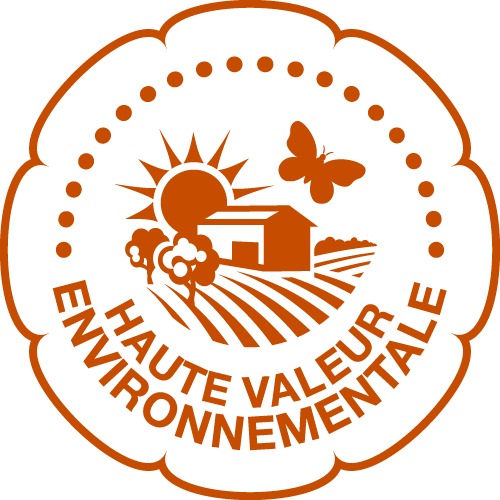
4. High Environmental value (HVE)
The High Environmental Value (HVE) certification is a French government initiative overseen by the Commission Nationale de Certification Environnementale (CNCE). This program consists of three levels, with wine producers only eligible to receive and promote the HVE certification upon reaching the third level. To earn HVE certification, a wine estate must maintain vineyard biodiversity, minimise the use of chemical fertilisers, and prioritise soil health. Regular audits ensure compliance with these stringent standards. Advocates of the HVE label are often members of the Association Nationale pour le Développement de la Certification Haute Valeur Environnementale.
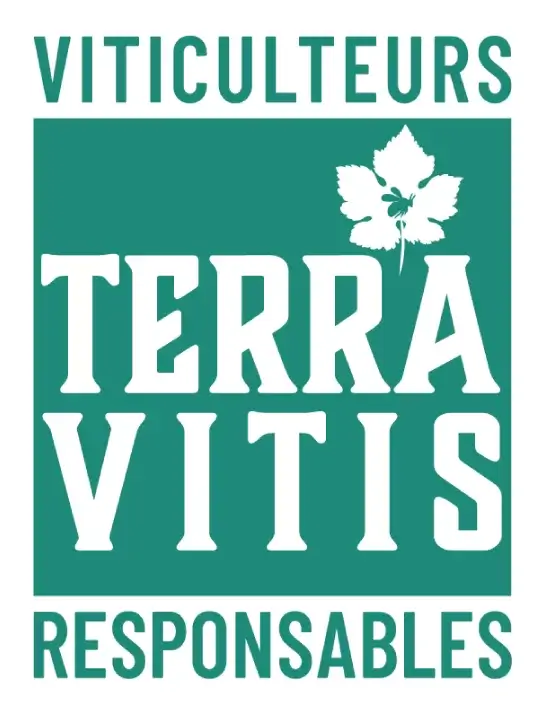
5. Terre Vitis
Since 1998, the Fédération Nationale Terra Vitis in France have championed sustainable practices in winegrowing and winemaking. This organisation comprises professionals who adhere to rigorous guidelines. Terra Vitis takes a holistic approach to sustainable development, recognising its impact on the environment, society, and the economy. The Terra Vitis certification involves annual inspections to ensure complete traceability of the wine, responsible farming practices, biodiversity conservation, and adherence to health protocols.
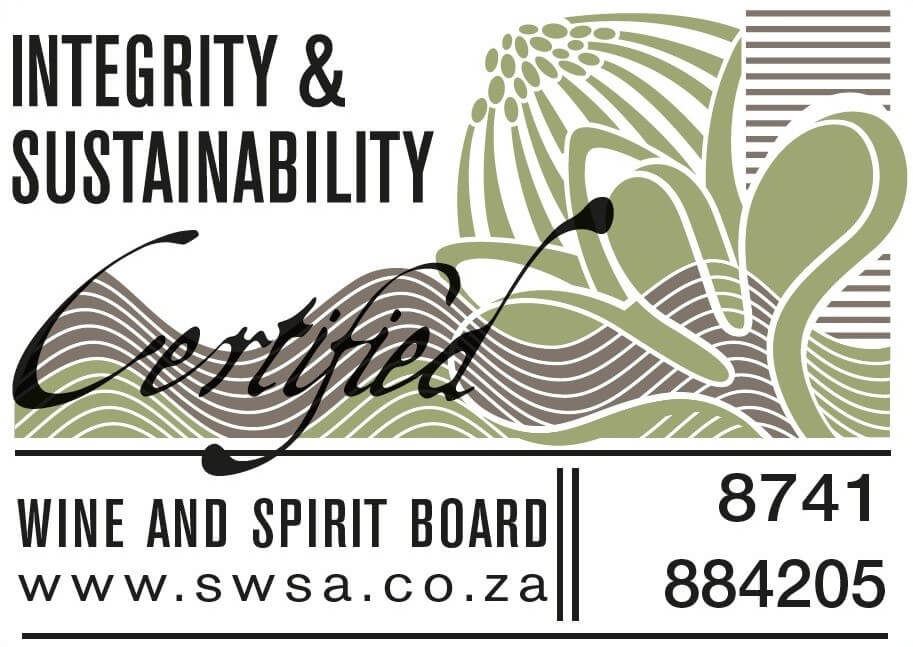
6. Sustainable Wine South Africa (SWSA)
From the 2010 vintage, South Africa introduced this new seal on their wines. It represents a guarantee of the wine's integrity and sustainability. This means 100% of the grapes are of the area shown on the bottle, at least 85% of the grapes are of the variety and vintage shown and that the wine is bottled in South Africa. Sustainability guarantees considerate credentials, it says the wine meets environmental guidelines. To qualify for the sustainability seal, wine producers must ensure health and safety of their workers, minimise the use of chemicals and introduce natural predators onto their farm, protect biodiversity and clean up wastewater. They are independently audited every 3 years, if they meet the criteria, they can use the seal.
Did you know you can use the numbers on the seal to trace the grapes from vine to bottle - https://www.sawis.co.za/sealsearch.php
https://youtu.be/IYaG_9OZgkM?si=Cuno38tS4K88fUPW

7. Sustainable Winegrowing New Zealand
Established in 1995, Sustainable Winegrowing New Zealand (SWNZ) is a programme dedicated to promoting sustainable practices across vineyards and wineries by incorporating environmental, social, and economic principles. To earn SWNZ certification, members must submit annual reports and participate in regular on-site audits by an independent verification firm. These reports include an online questionnaire covering six critical areas: soil management, water conservation, plant protection practices, waste management, people welfare, and climate change initiatives. This thorough process ensures that members adhere to sustainable practices and strive for continuous improvement in the New Zealand wine industry. SWNZ certification represents a commitment to sustainability in all production stages from vineyards to wineries, bottling facilities, and distribution.
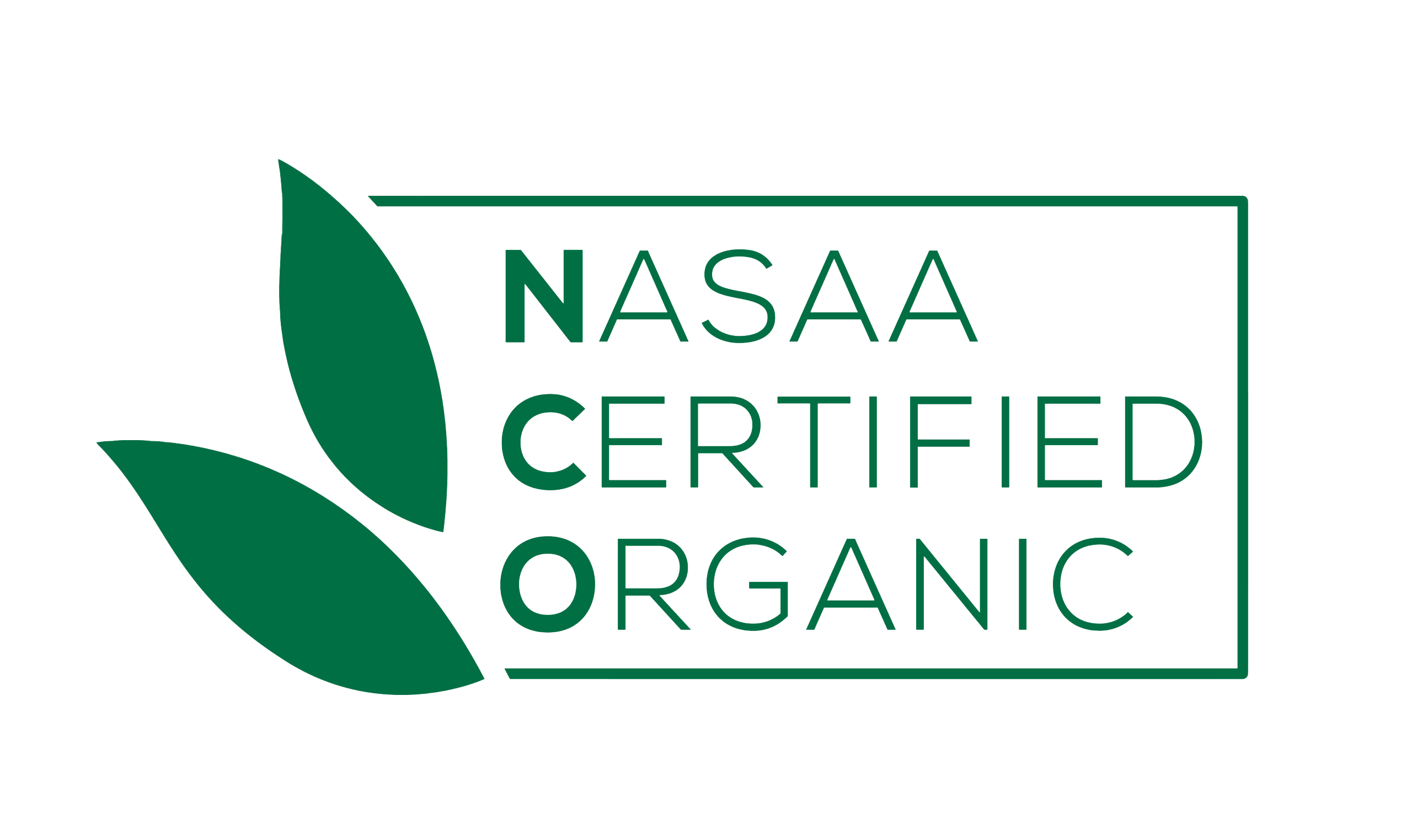
8. NASAA Certified Organic
The National Association For Sustainable Agriculture Australia certifies wine producers in Australia that all stages of wine production - from vineyard management to bottling - comply with strict organic standards. This means that certified wines are produced without synthetic chemicals, pesticides, or genetically modified organisms (GMOs). The certification process involves detailed applications, on-site inspections, and regular audits to ensure adherence to national and international organic regulations. Wines that achieve NASAA certification can display the NASAA Certified Organic label, providing consumers with confidence that the wine is produced sustainably and organically.

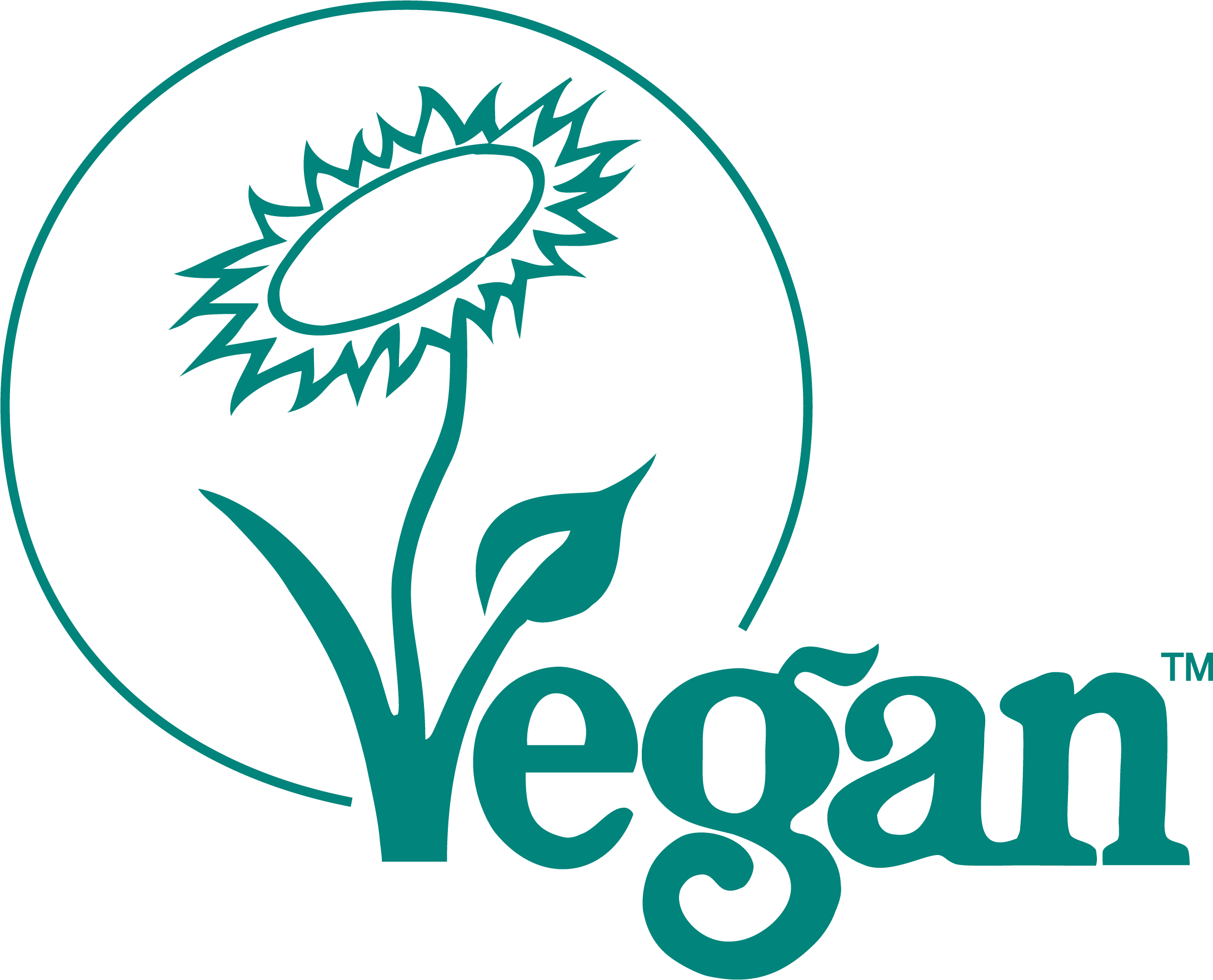
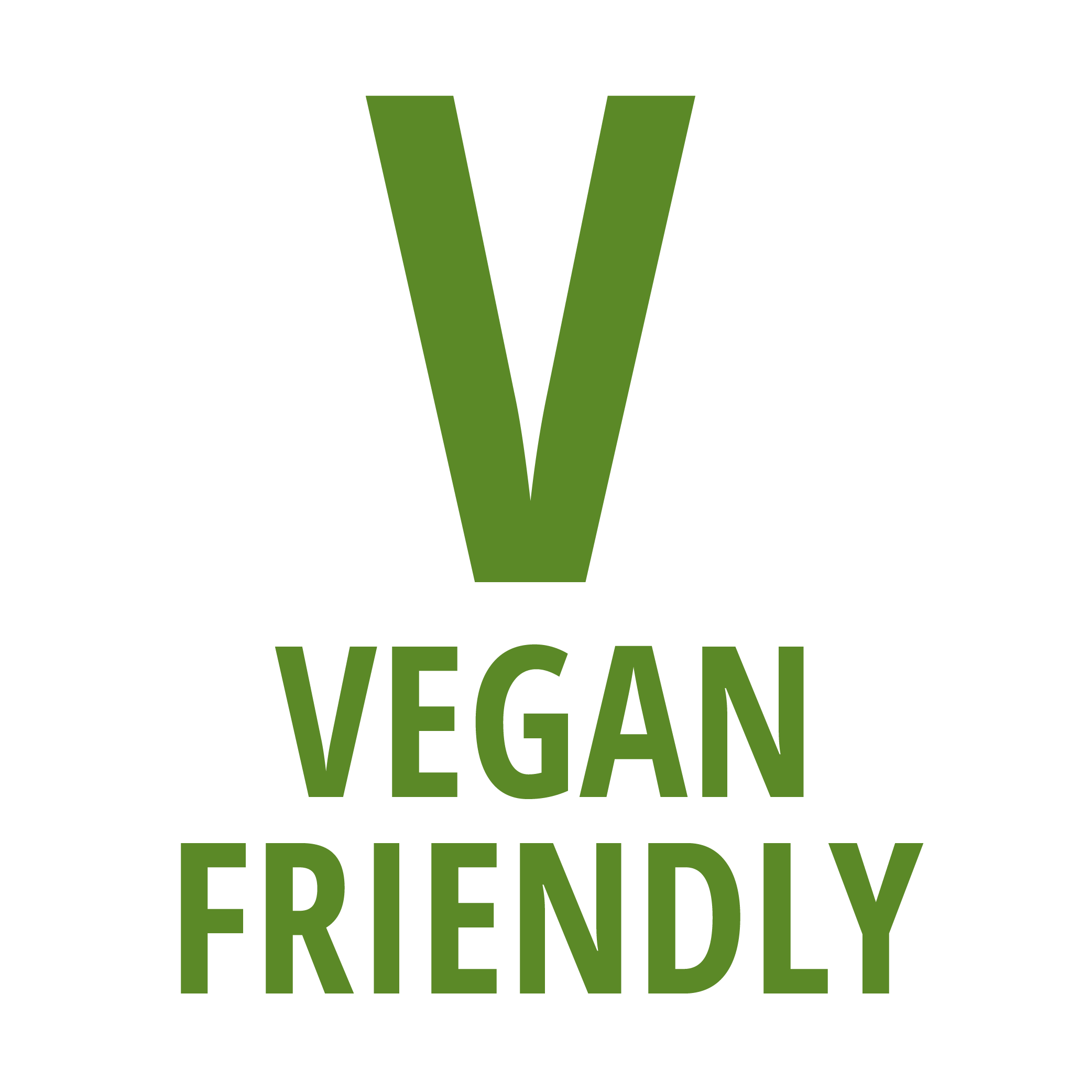
9. Vegan Wine
Many wine drinkers prefer their wine to be clear instead of hazy, and achieving this clarity involves a process known as fining. The most common fining agents used are animal-based and they include egg whites, casein (milk protein), isinglass (fish bladder), and gelatin (animal collagen). The fining agent acts as a glue, binding these particles together making them big enough to filter out. Although these substances are removed after the fining process is complete, their use still renders the wine unsuitable for vegans and, in some cases, vegetarians. Fortunately, many winemakers now use alternative fining agents like bentonite clay or synthetic PVPP, ensuring that their wines are vegan-friendly. This shift allows more people to enjoy wine without compromising their dietary choices. To identify a vegan wine, you should look out for these two main certified Vegan friendly logos.
Introduced in Switzerland in 1996, the V-Label certification is recognised worldwide. It operates in collaboration with the European Vegetarian Union (EVU) and various vegetarian groups across France and other countries. The vegan category certification assures consumers that no animal-derived products are used in the wine, meaning substances like gelatin or egg whites for filtration are prohibited.
The Vegan Society, is a historic British organisation established in 1944 that has been dedicated to combatting animal abuse for decades. Similar to the V-Label certification, the Vegan Society's Vegan Label assures consumers that their wine is free from animal-derived ingredients. Additionally, the organisation prohibits the use of GMOs produced with animal genes.

10. Low Sulphur Wine/ No Sulphur Added Wine
Since 2005, wine labels have been required to include allergen advice stating "contains sulphites," which has contributed to a negative perception of sulphur in wine. However, sulphur is actually a natural by-product of winemaking. Sulfites, or sulphur dioxide (SO2), are widely used in the winemaking process for their antiseptic and antimicrobial properties, helping to eliminate unwanted moulds, bacteria, and yeasts. Additionally, they act as antioxidants to prevent spoilage. Fermentation naturally produces a small amount of sulphur, meaning that wine can never be completely sulphur-free. Despite this, you can find wines labelled as 'no sulphur added' or 'low sulphur wines,' which have significantly reduced levels of added sulphites. While there's no official low sulphur certification, we work closely with our producers to understand their winemaking techniques and decide whether to class our wines as low sulphur.
